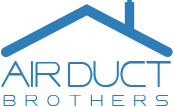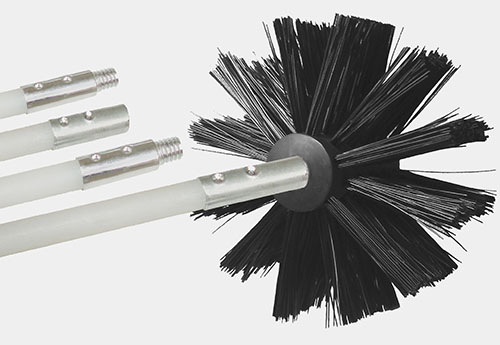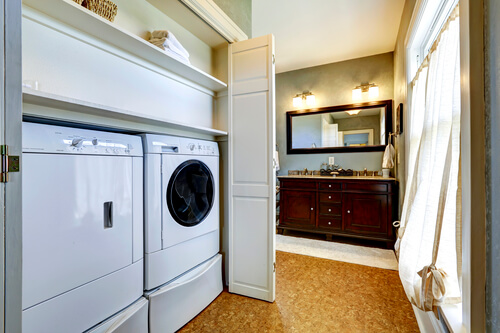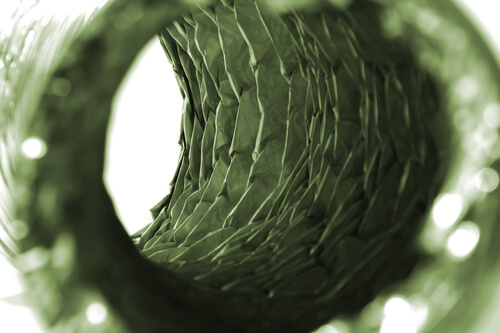How To Select The Proper Length For Your Dryer Vent
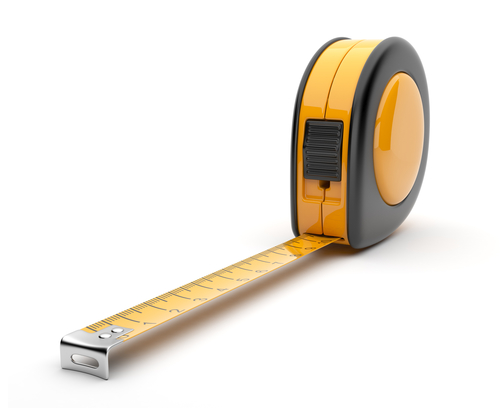
The dryer vent you use is one of the most important components of the dryer. It is designed to get rid of moisture when drying clothes while pushing warm air outside. The length of a dryer vent will vary depending on the make and model. Other factors which contribute to length are the vent cover and the material. High quality dryer vents are comprised of rigid metal and have a large mouth or hood. While flexible metal is easier to handle, it can also cause lower air flow due to a design which is corrugated. Over time, this will lead to a buildup of lint.
Read More